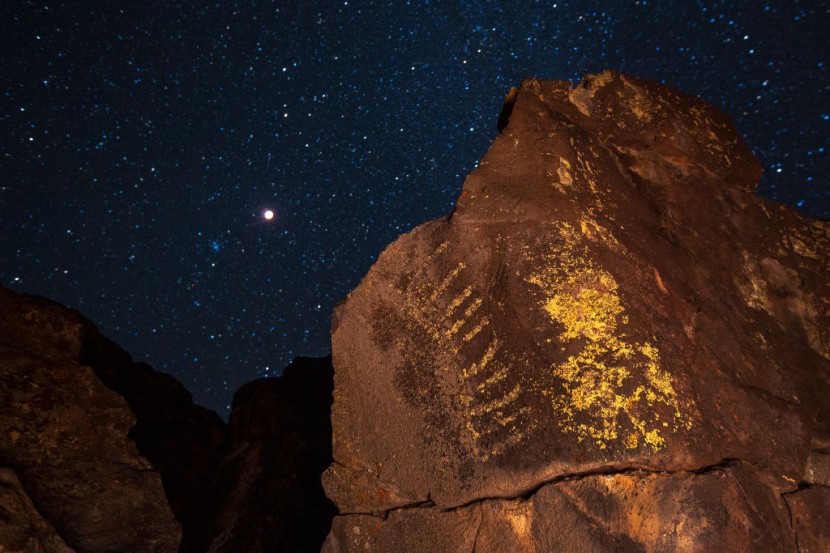
The world's oldest cave painting, consisting of art depicting a group of therianthropes or humans with animal characteristics hunting animals, is believed to be slowly erased by climate change.
Experts who discovered the art in a limestone cave in 2017 estimate the painting goes as far back as 44,000 years ago. The cause of the rapid deterioration of the cave painting is believed to be soil erosion, they said.
Now, archaeologists are racing against the clock to figure out how to preserve the Pleistocene artwork before it is gone forever. The impact of climate change is extraordinary and will eventually destroy the priceless art, Australia Griffith University Archeologist Basran Burhan said.
Millenia-Old Cave Paintings
The increase in temperature and strength of El Nino events in the region has contributed to the rapid salt crystallization inside the cave, a study said. The process was effectively "exfoliating" the paintings in the walls of the cave, Australian and Indonesian archaeologists involved with the study said, Reuters reported.
The study continued to argue that long periods of drought and heavy monsoonal rainfall created the perfect conditions to speed up the salt crystallization process in the area. The colorful pigments of the historic art were slowly starting to peel off, archaeologist Rustan Labe said.
He used his laptop to highlight the difference the exfoliation has caused from October 2018 and March 2019. The data showed that in those six months, 1.36898 square centimeters of the paintings' pigments have peeled off.
Labe has been working at the Ministry of Education and Culture's Cultural Heritage Conservation Center and reassured experts will address the issue. Small teams of archeologists will be formed to monitor the growth of the salt crystals in the cave and other tiny organisms on the walls.
They will continue to be aware of the cave's environment and tackle the factors that could contribute to the deterioration of the cave paintings.
Early Humans
The limestone cave arts in southern Sulawesi are some of the first known examples of artistic creativity on earth. The paintings predate those found in Europe. The damage to the wall paintings caused by climate change is irreversible, Jill Huntley, lead author of the study, said, CNN reported.
Eleven caves and rock-shelters were examined in the Maros-Pangkep region, all containing cave art dating back from 45,000 to 20,000 years ago. The process that is slowly erasing the cave paintings is known as haloclasty, experts said.
The process occurs when salt crystals form due to changes in temperature and humidity. The formation of the salt crystals put pressure on the rock, slowly deteriorating the art, Live Science reported.
Salts are commonly found around the cave and rock-shelter surfaces in the region. Apart from physically deteriorating the cave paintings, the salts are also chemically weakening the rocks around them.
The unique climate in Australasia contributed to the climate change impact, where the tropics can experience up to three times the temperature increases caused by the weather compared to the rest of the world.
Related Article: Recent Salmonella Outbreak Linked To Frozen Chicken From Aldi
Related Article: Recent Salmonella Outbreak Linked To Frozen Chicken From Aldi
© 2025 HNGN, All rights reserved. Do not reproduce without permission.








